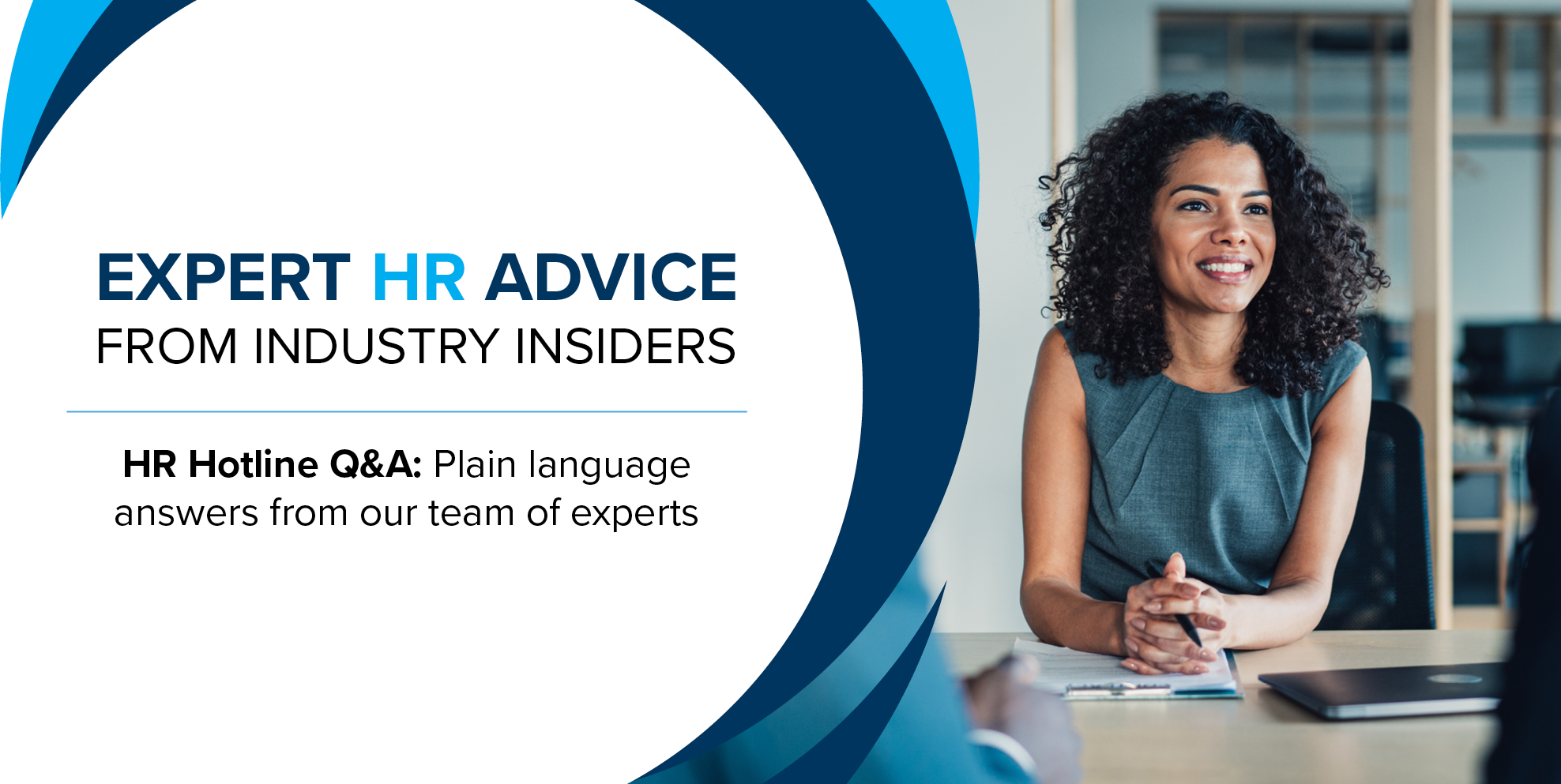
Q&A: Rules around the I-9 process for mergers or acquisitions
What are the rules and time limits for the I-9/E-Verify process for a merger or acquisition?
Overview
When an employer acquires new employees through a merger or acquisition, the employer has 2 options for employees who will be continuing with the new organization. Employers may choose to treat employees who are continuing their employment with the related, successor, or reorganized employer as:
New hires, in which case employers must complete a new Form I-9, Employment Eligibility Verification; or
Continuing in employment, in which case employers must obtain and maintain the previously completed Form I-9.
The Immigration and Nationality Act regulations provide that “an employer will not be deemed to have hired an individual for employment if the individual is continuing in his or her employment and has a reasonable expectation of employment at all times.” 8 CFR § 274a.2(b)(1)(viii). This section offers eight scenarios under which an individual would be deemed to be “continuing in his or her employment.” For example: “An individual continues his or her employment with a related, successor, or reorganized employer, provided that the employer obtains and maintains from the previous employer records and Forms I-9 where applicable.” Additionally, 8 CFR § 274a.2(b)(1)(viii)(A)(7) defines a “related, successor, or reorganized employer” to include “an employer who continues to employ some or all of a previous employer’s workforce in cases involving a corporate reorganization, merger, or sale of stock or assets.”
New Hires as Part of Merger/Acquisition
As per the U.S. Department of Homeland Security, employers who acquire another company or merge with another company may choose to treat employees who continue being employed with the related, successor, or reorganized employer as new hires. The employer must complete new Forms I-9 and create cases in E-Verify for all of these employees within three business days of the employee’s first day of employment. To avoid the appearance of discrimination, these employers must complete new Forms I-9 for all acquired employees, without regard to actual or perceived citizenship status or national origin. E-Verify employers must create a case for all acquired employees to meet the E-Verify Memorandum of Understanding provision that prohibits selective use of E-Verify and requires use of E-Verify for all new employees.
Employers should enter the date of acquisition or merger as the date these employees began employment in Section 2 of their new Forms I-9. Employers may complete Form I-9 and create a case in E-Verify before the merger or acquisition takes place as long as the employer has offered the acquired employee a job and the employee has accepted the offer. The employee must complete Section 1 no later than the first day of employment and the employer or the authorized representative must complete Section 2 within 3 business days of the employee’s first day of employment. Employers should enter the effective date of the acquisition or merger as the date each of these employees began employment in Section 2 of their new Form I-9.
Continued employment/maintenance of existing I-9s
Employers who choose to keep the previously completed Form I-9 accept responsibility for any errors or omissions on those forms. Employers should review each Form I-9 with the employee and update or reverify the employee’s information, as necessary.
When deciding whether to adopt the former employer’s I-9 forms, employers will want to consider:
• Has the new company conducted due diligence and do the I-9 forms appear to be compliant?
• How many employees are affected by the acquisition?
• Does the new company have the bandwidth to manage the preparation of new I-9 forms, or can they outsource it?
• Would this be a good opportunity to audit existing employee I-9 forms and strengthen existing systems/procedures?
If an employer does decide to adopt the acquired company’s existing I-9 forms, the employer must do so for all employees. Otherwise, the employer should complete new I-9 forms for all acquired employees.
Mergers/acquisitions by federal contractors
Federal contractor employers who are already using E-Verify as required by the FAR E-Verify clause, which then merge with or acquire another company, must comply with the timelines listed below for verifying employees gained through merger or acquisition.
• If you have chosen to verify your entire workforce, you will have 180 days from the effective date of the merger or acquisition to create an E-Verify case for each of the non-exempt employees acquired through a merger with or acquisition of the other company.
-OR-
• If you are not verifying your entire workforce, you will have 90 days from the effective date of the merger or acquisition to create an E Verify case for each of the non-exempt employees assigned to the contract who joined the company due to a merger with or acquisition of the other company.
Employees hired outside of merger/acquisition
Regardless of the timeline for creating cases for acquired employees, you must create cases for each newly hired employee who joins the company outside of the merger or acquisition process no later than the third business day after the employee begins work for pay. See Timelines for Verifying Employees Acquired through a Merger or Acquisition 7.0 Mergers and Acquisitions (e-verify.gov).
Unless your client is a federal contractor using E-Verify as required by the FAR E-Verify clause, your client should comply with the 3-business day requirement for the I-9/E-Verify verification process.
Further information about I-9 verification requirements is available on HR Hero’s Federal and State Topic analysis tool.
What is HR Hotline?
Subscribers of HR Hero® get access to our team of in-house subject matter experts. HR Hotline allows subscribers to submit questions and receive timely, thorough, and plain-language answers from our team of experts—complete with resources and references. The purpose of HR Hotline is to help connect workplace human resources questions to the material provided by BLR on its subscriber websites.
While the service is defined as providing advice, it is assistance to help bridge the gap between the BLR compliance resources and our client’s workplace issues. It is not a legal opinion or replacement for seeking legal counsel.



